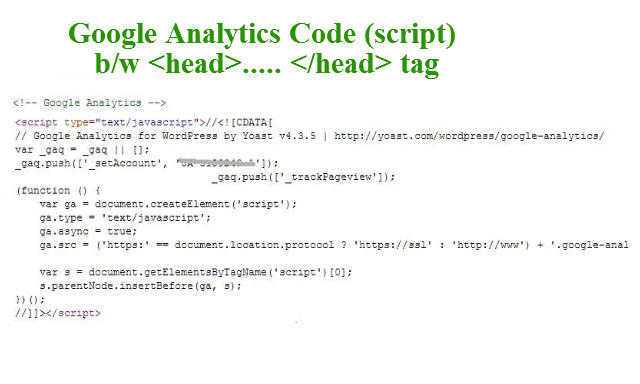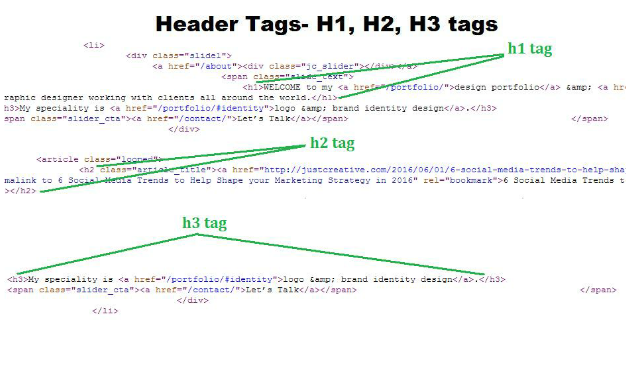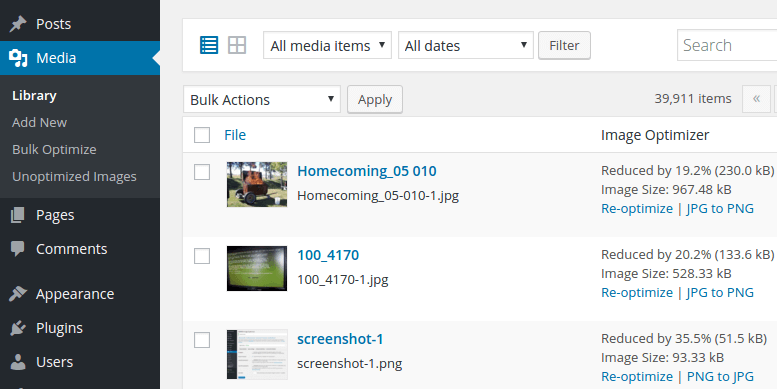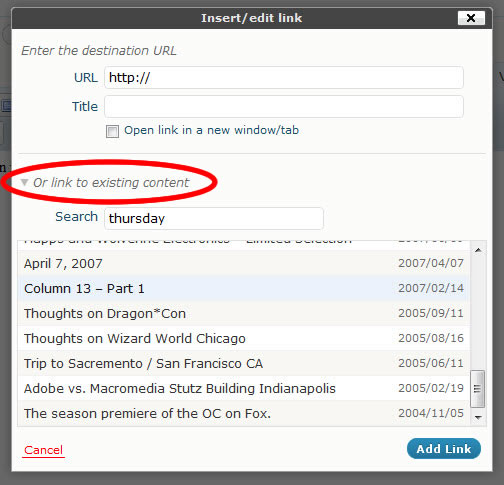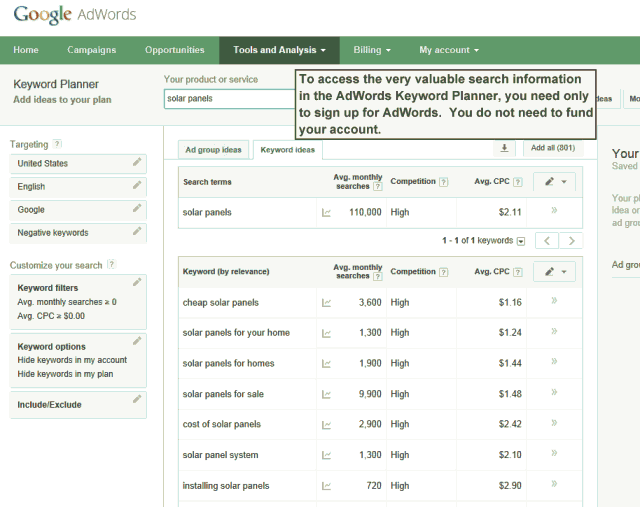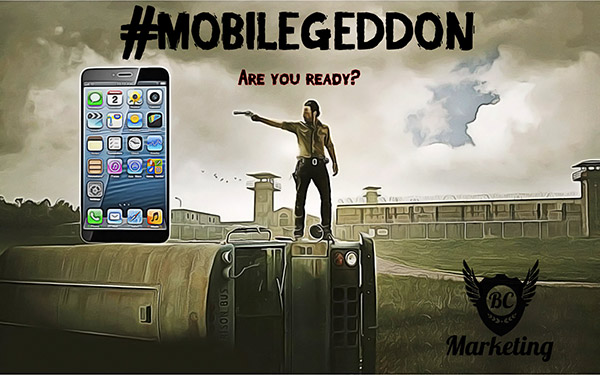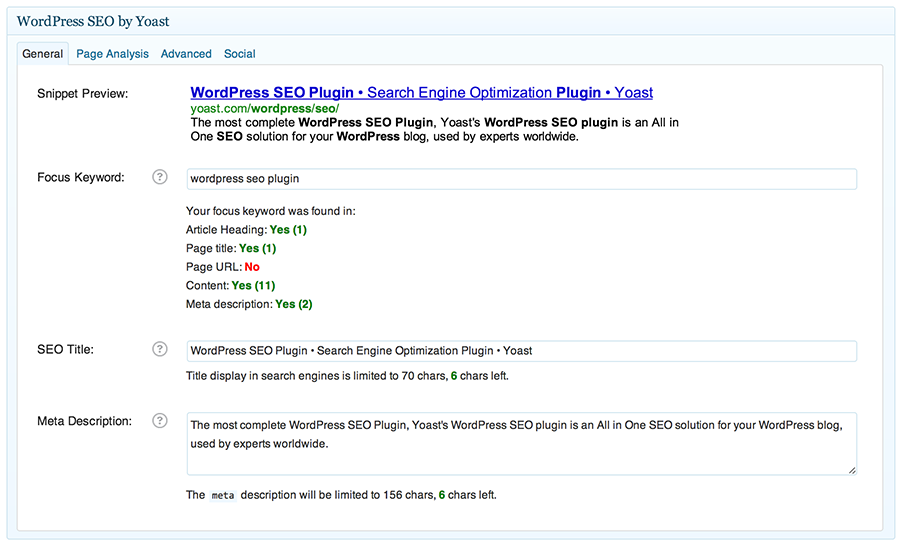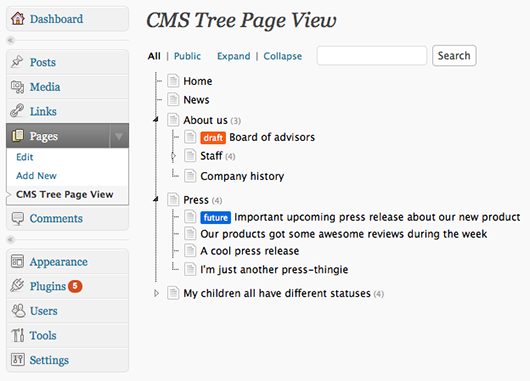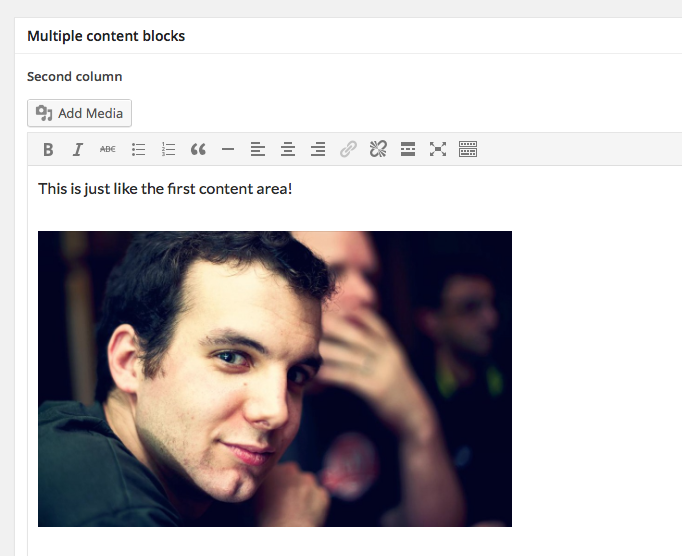Why Is Website Maintenance Important?
Your website is a very important part of your business. Not only does it bring you traffic, it also represents your business. This means that there are many reasons why you should be always updating your website. From constantly grabbing the attention of your visitors to improving your search engine rankings, frequently website updates might seem pointless, but they are far from it.
Retail shops are always updating their shop windows with latest offers and products. Even though you might not own a actual store, the same concept still applies to your website.
Corporate Image
Your website is a public reflection of your brand. A website which is not regularly maintained can lead to errors, broken links and outdated information and it can cause your business to decline over time. Frequently examine the look and feel of your website, update it to match your corporate image.
Make sure you leave the right impression for new visitors
A very important reason why maintaining your website is important is that it leaves a good impression on any new visitors. The website represents your business and is how many customers will see you.
When a user lands on your website you only have a few seconds to capture their trust. The best way to do this is to make sure your website is user friendly and more importantly, up to date.
Always give a reason for your customers to come back
Another reason why you should keep your website up to date is that it gives previous visitors a reason to come back. If you happen to have a blog on your site that is regularly updated with new content, then you have better chances of visitors returning.
Many people will bookmark useful sites and will often check the site for updates. If you regularly provide your visitors with new content, then can easily generate recurring visits.
Improve Your SEO
Another benefit of adding new content to your website is that it helps improve your SEO (search engine rankings). Google love new content. Whenever you update your site with new content, Google will crawl your site and boost your rankings.
If updating your website and adding new content leads to better search engine rankings and more visitors, then why would you not do it.
How Do You Maintain Your Own Website?
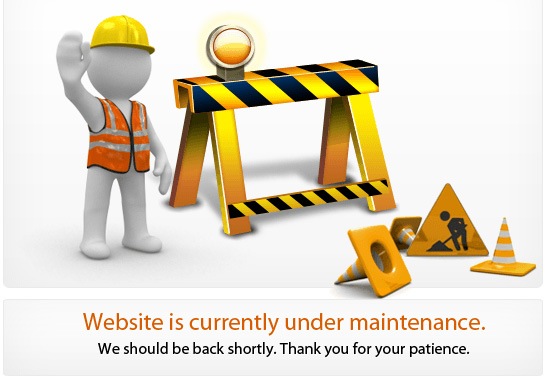
Visitors and search engines love fresh content. The easiest way to profit from increased search engine rankings and
Deleting Spam Comments

If you already have a blog, then the chances are you are get spam. The comments section on your blog is a way for a visitor to share their views and ideas about your content, but sometimes this feature can be misused.
If a new visitor sees lots of spam comments within your website, then they may think your website is not trustworthy and go. It might sound weird that someone would leave over some spam comments, but the spam will significantly bring your businesses reputation down.
Other updates

Aside from blogs, the rest of your site should also be updated. Think of it as monthly routine where you go through your website and check all your pages to make sure they are up to date.
Lastly, as a general rule, you should always check for content management system (CMS) and plugin updates monthly. We build all our sites in the very popular CMS platform named WordPress, and the developers of the software regularly update it to add new features and fixes often.
These make your website more secure but they can also significantly improve the speed of your website. Although the updates aren’t very frequent, it’s best to check for these updates monthly.
DON’T HAVE THE TIME?
All websites need continuous monitoring, maintenance and upgrading so they give optimum performance and stay safe from hackers. But if your website does get hacked or goes down we are here for you to restore the site from clean/latest backup.
If you really don’t have the time to spare to keep your website updated, then it’s better to get a professional to look after it for you.
This way it ensures it gets all the care it deserves and everything possible to keep it healthy.
Here at DesignLab we offer a range of website maintenance packages that ensure your website is kept up to date. Whether you need new items adding to your website or existing ones being changed, we’re here to help. To find out more about our website maintenance packages, contact us for a free consultation.



